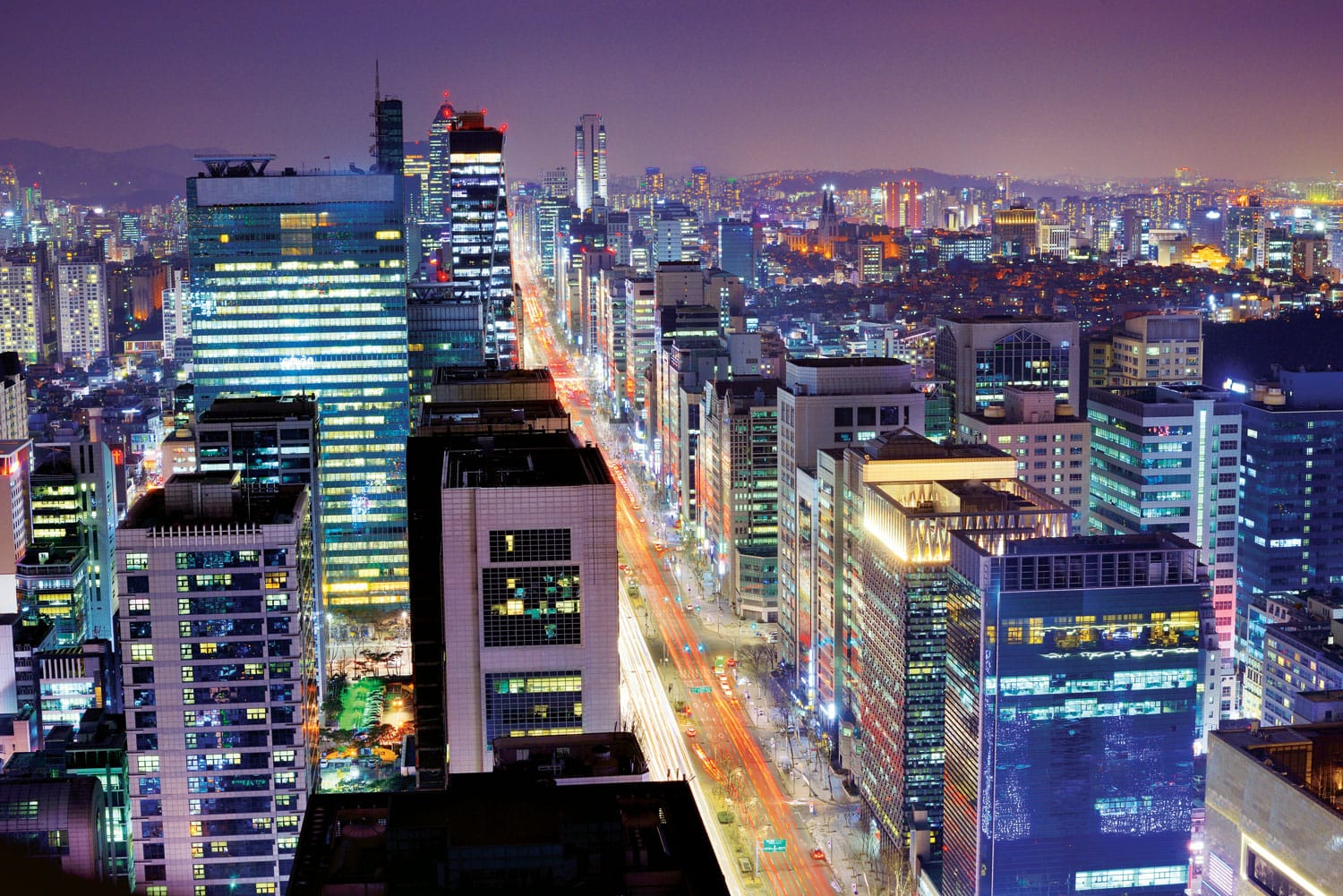The phenomenon of “Gangnam Style,” introduced to the world by South Korean artist Psy in 2012, extends far beyond a mere viral music video. It serves as a paradigm of cultural diffusion, representing the intricate ways in which cultural elements can traverse geographical borders and societal boundaries. Understanding this diffusion requires an exploration of the various cultural, social, and economic threads woven into the fabric of the Gangnam district, as well as the broader implications of its global reception.
Gangnam, a district in Seoul, South Korea, is emblematic of modern South Korean culture. It is synonymous with luxury, high fashion, and an elite lifestyle. The district epitomizes the rapid economic development of South Korea since the late 20th century, drawing attention to the phenomenon of the “Gangnam style.” This style encapsulates not only the music but also a lifestyle characterized by wealth, privilege, and the pursuit of social status. As Psy’s catchy tune reverberated worldwide, it sparked a wave of curiosity and fascination regarding the socio-economic realities of South Korea.
The sheer global reach of “Gangnam Style” was unprecedented for a K-pop song, marking a significant departure from traditional music dissemination practices. The music video garnered billions of views, translating into an array of remixes, parodies, and adaptations across the globe. This rapid dissemination led to a phenomenon known as cultural diffusion, where elements of one culture are adopted and adapted by another. The process through which “Gangnam Style” permeated various demographics illustrates a particular pattern characterized by accessibility and relatability.
Central to the allure of “Gangnam Style” is its illustrative portrayal of a very specific lifestyle, which translated into a universal narrative about aspiration and excess. The extravagant visual elements of the music video—high-end cars, lavish parties, and striking architecture—served to dazzle audiences, tapping into a collective yearning for an idealized life. However, an astute observer may note that such representations gloss over the underlying socio-economic disparities, highlighting a deeper narrative within the cultural diffusion process. The embrace of Gangnam Style can be critiqued as a superficial attraction to wealth, sidelining the more nuanced realities of South Korean society.
The fascination with “Gangnam Style” also offers a glimpse into the aspirational consumer culture that pervades contemporary society. The popularity of the song coincided with the globalization of various cultural artifacts, including fashion, digital media, and entertainment. By adopting and mimicking the elements presented in the video, individuals across the globe were inadvertently participating in a cultural exchange that highlighted their own aspirations and desires, often mediated through social media platforms. This interaction became a form of cultural appropriation that underscores the complexities surrounding the sharing of cultural symbols and practices.
As “Gangnam Style” traversed international borders, it prompted numerous instances of cultural syncretism. Adaptations and local renditions showcased how communities tailored the Gangnam narrative to fit their cultural contexts. For example, various locales generated localized versions that depicted their unique interpretations of the lifestyles illustrated in the original video. Through these adaptations, aspects of the Gangnam phenomenon were re-contextualized, illustrating how cultures can engage in dialogues that reflect shared values while still retaining unique local nuances.
Moreover, the viral nature of “Gangnam Style” fostered an environment where traditional barriers to cultural acceptance began to dissolve. The visibility of K-pop on global stages led to increased interest in South Korean culture, language, and entertainment, evidenced by the subsequent rise of K-drama and other K-pop bands worldwide. The music industry, originally dominated by Western influences, began to acknowledge the potency of East Asian markets, which served to further amplify the importance of cultural diffusion. Gangnam’s legacy thus became instrumental in recalibrating the global focus on the intricacies of South Korean culture.
The influence of “Gangnam Style” can also be examined through a lens of economic ramifications. The song occurred against a backdrop of increasing interest in South Korea as a burgeoning economic powerhouse in Asia. Following the song’s release, tourism in Seoul surged, with many travelers eager to experience the luxurious lifestyles portrayed in the video. This influx has, in turn, catalyzed growth in various sectors, including food, hospitality, and retail, allowing Ganmax to flourish as a cultural and economic hub. The interaction between cultural products and economic activity exemplifies the symbiotic relationship between culture and commerce.
Reflecting on the deeper meanings behind “Gangnam Style” offers a critical perspective on the implications of cultural diffusion. It raises pertinent questions regarding authenticity, commodification, and the potential loss of original cultural contexts as these pieces of culture traverse the globe. While the superficial appeal of “Gangnam Style” lies in its catchy beats and entertaining visuals, its broader implications challenge audiences to reflect on what cultural exchange truly entails and how it shapes our understanding of identity, aspiration, and consumption in an interconnected world. The legacy of “Gangnam Style” serves as a poignant reminder of the complexities and contradictions inherent in the global exchange of cultural commodities, urging continuous dialogue on the subject.
